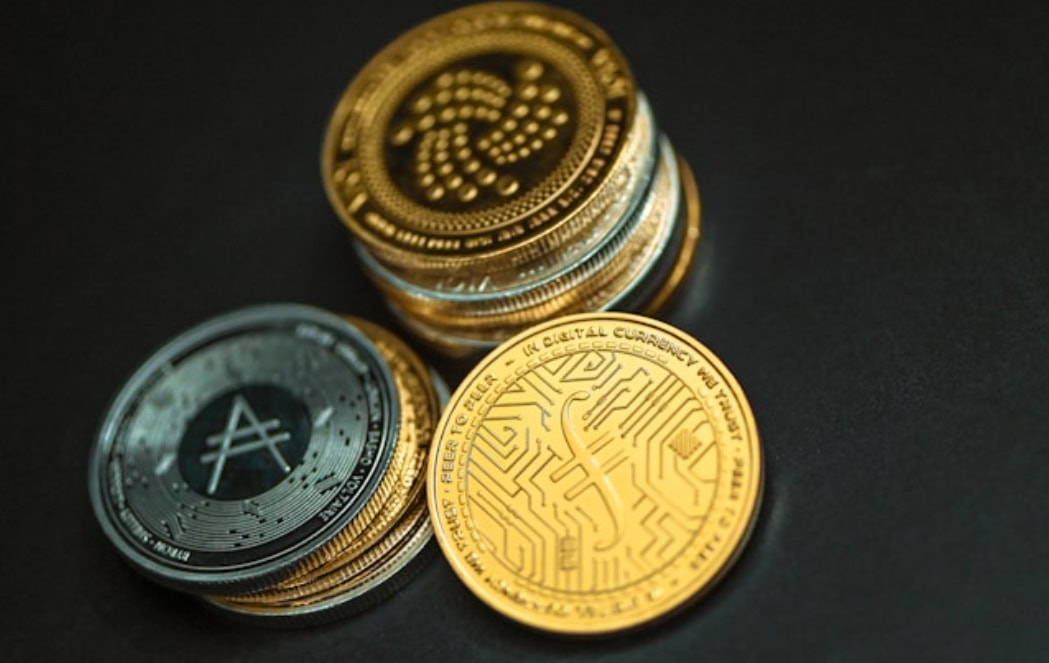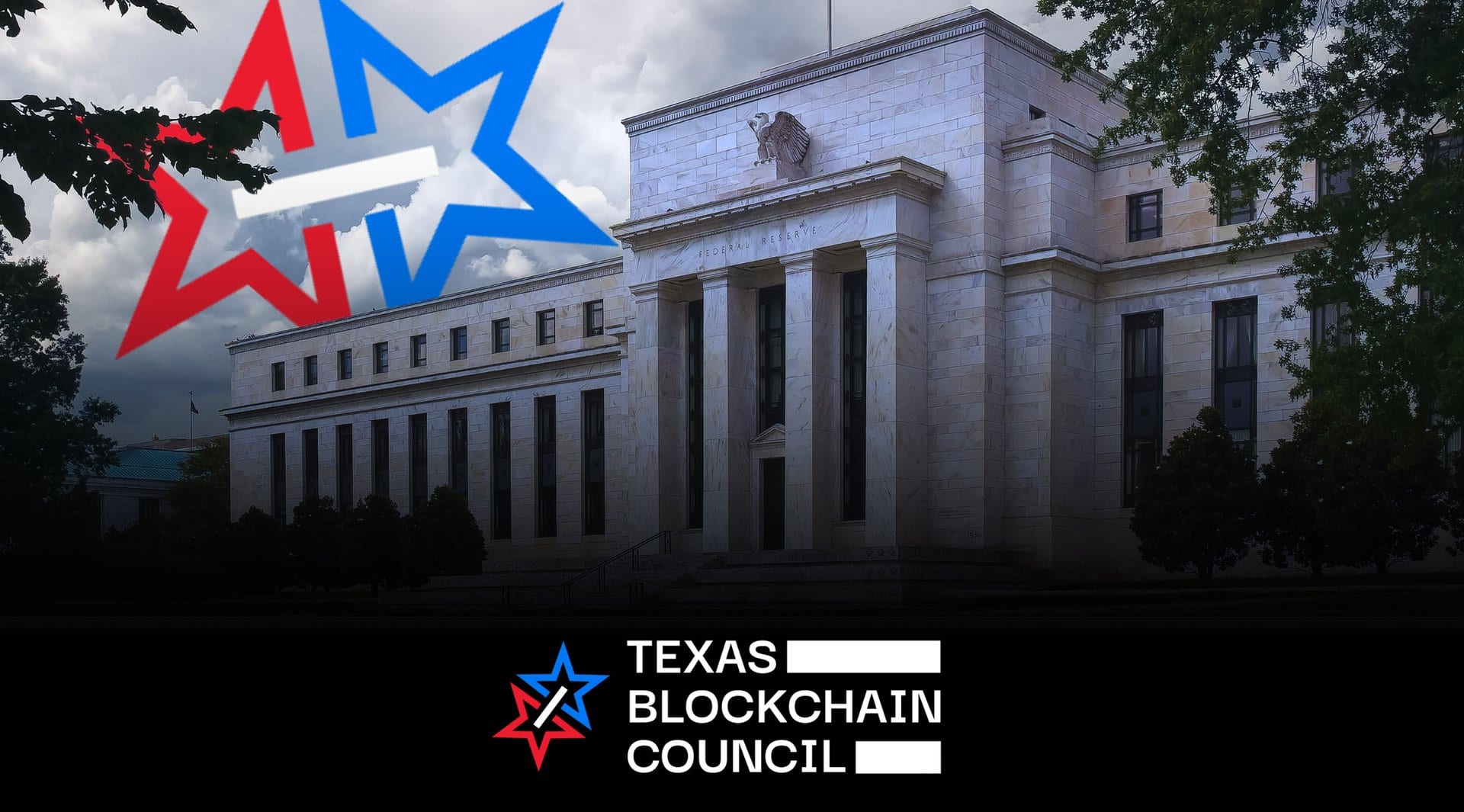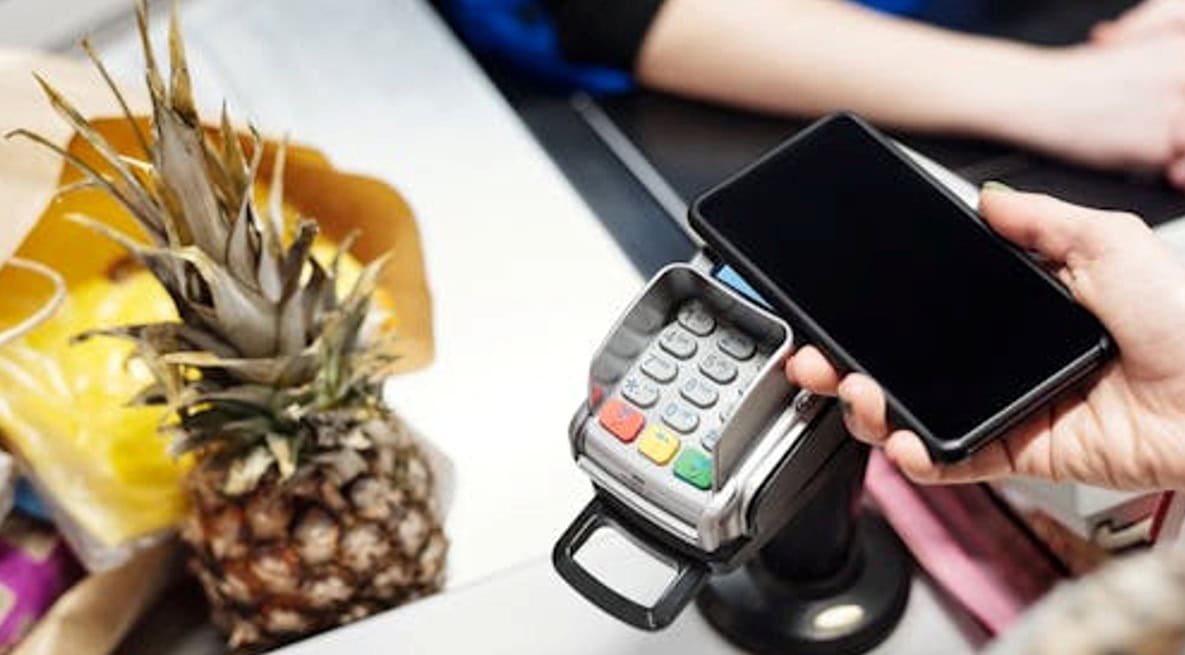Last year, the Financial Action Task Force (FATF) “greylisted” Vietnam, which joined several other Southeast Asian economies in this tough position. Countries that are greylisted are flagged for having weak policies to monitor their anti-money laundering (AML) and counter-terrorism financing (CTF) measures. While greylisting isn’t as severe as blacklisting, it still has serious economic consequences. Payments to these countries can fall, and capital inflows may shrink, causing liquidity issues and making it harder for businesses to access the funds they need.
For instance, an analysis of SWIFT data indicates that greylisting can lead to a reduction of up to 10% in payments received by the listed country.
In response to this enterprise-threatening development, many of these nations are turning to cryptocurrencies and decentralized finance (DeFi) to make up for lost opportunities in the traditional financial system.
#Indonesia has embraced new technologies related to #fintech and digital assets, and is spearheading the #digitalisation push in South-East Asia. Could #Jakarta be a future capital of financial innovation?https://t.co/yz7mBX10uT
— #DisruptionBanking (@DisruptionBank) February 3, 2022
According to Chainalysis, crypto usage in Southeast Asia has enjoyed amazing growth in 2024, as both businesses and individuals look for more flexible, decentralized financial solutions. The region is emerging as a hub for crypto activity, with substantial inflows and high levels of activity on local exchanges and in DeFi, as Chainalysis data proves.
Countries like the Philippines, Vietnam, and South Africa are among those facing the challenges of FATF greylisting, grappling with economic and financial strain.
The Economic Impact of FATF Greylisting
The economic fallout from FATF greylisting is real and measurable. Countries on the list often see a significant drop in foreign direct investment (FDI) and a reduction in international payments. For instance, greylisted nations like the Philippines and Malaysia have experienced reduced foreign investment, hurting their economies.
Southeast Asia’s biggest lender, which set up the exchange in late 2020, was an early entrant from #traditional #finance
— #DisruptionBanking (@DisruptionBank) February 15, 2023
Earlier this week the bank said it plans to apply for a license to allow it to offer #crypto to Hong Kong customershttps://t.co/T7J9h2bBJF
A study by the International Monetary Fund (IMF) found that greylisting can lead to a drop in capital flows equal to 7.6% of a nation’s GDP. This decline typically occurs over a period of nine months following the greylisting, leaving them with fewer resources to stimulate economic growth. This has huge economic repercussions, especially for countries relying on foreign aid and investment.
Greylisting, to begin with, leads to economic isolation, as international businesses often shy away from engaging with greylisted countries due to increased compliance requirements and scrutiny. This drives up transaction costs and makes it a bit of an issue for businesses to maintain relationships with foreign partners.
Besides that, greylisted countries face the risk of credit rating downgrades, which can increase the cost of borrowing and further strain public finances. Additionally, local banks often need to put stricter anti-money laundering (AML) measures in place, which drive up costs for consumers and businesses alike.
Consequently, cryptocurrencies and decentralized finance (DeFi) are stepping in as alternative financial solutions for countries impacted by greylisting. As traditional banking systems become less reliable, cryptocurrencies like Bitcoin and stablecoins are offering faster, cheaper cross-border payment options.
By November, the five largest economies of Southeast Asia: the Philippines, Malaysia, Indonesia, Singapore and Thailand, will sign an agreement on the integration of their mobile payment systems. This will make cross-border transfers much more efficient without using the USD. pic.twitter.com/UKP5dM7gHb
— Pingggoy (@pingggoy) July 16, 2022
In the same way, businesses that struggle with international banking are turning to crypto for their cross-border transactions. Stablecoins, such as USDT and USDC, are providing a reliable alternative for payments, particularly in countries like the Philippines, where international transfers are essential.
Equally, DeFi is widely gaining traction as a solution for lending and borrowing without the need for traditional financial middlemen. In Southeast Asia, DeFi platforms have seen a notable rise in Total Value Locked (TVL) in 2024, with the global DeFi market increasing by 44% since January 2024, defiLlama data shows. This growth points to a growing reliance on decentralized systems.
Institutional investors are increasingly adopting crypto as part of their portfolio diversification strategies. Crypto-based products, such as ETFs, are now being offered by Southeast Asian investment firms to meet the growing demand.
🚨 BREAKING 🚨
— Ash Crypto (@Ashcryptoreal) June 4, 2024
THAILAND 🇹🇭 SEC HAVE APPROVED
THEIR FIRST #BITCOIN SPOT ETF.
THIS IS REALLY BULLISH AS MORE
AND MORE COUNTRIES ARE FOMO
-ING INTO BTC AND CRYPTO.
THIS BULL MARKET IS GONNA BE
ONE OF THE BIGGEST IN ENTIRE
HISTORY OF CRYPTO.
BRACE YOURSELF 🔥 pic.twitter.com/Uhd1vBStb2
Likewise, in countries facing currency instability, stablecoins offer a secure store of value. This is particularly important in countries like the Philippines, where stablecoins are widely used for remittances.
Cryptocurrencies are also helping to bring financial services to underserved populations in rural areas. In Southeast Asia, mobile-based crypto wallets allow people who lack access to traditional banks to participate in the financial system.
Country-Specific Developments
Different Southeast Asian countries are taking unique approaches to crypto adoption, influenced by the need to cushion the negative effects of FATF greylisting on their financial systems.
Singapore is leading the way in crypto regulation and adoption. The Monetary Authority of Singapore (MAS) has introduced clear regulations that encourage innovation while ensuring consumer protection.
Just like Thailand did, Singapore has also created a regulatory sandbox where fintech companies can experiment with new crypto products. This has positioned the country as a major global hub for cryptocurrency exchanges and blockchain projects. Singapore’s approach is seen as a model for balancing the need for financial security with the promotion of new technologies.
Thailand launches digital asset sandbox for Six Roles
— Chad Steingraber (@ChadSteingraber) August 12, 2024
In June the Bank of Thailand launched a regulator sandbox for DLT-based programmable payments. Thailand also to become a member of #BRICS+ https://t.co/BMPA6Rn3iz pic.twitter.com/B8UOpx1V8K
Thailand has also embraced crypto, particularly in the DeFi space. The country’s Securities and Exchange Commission (SEC) has implemented regulatory frameworks for crypto exchanges and DeFi platforms to ensure consumer protection while fostering innovation. In addition, Thailand is exploring the potential of its own Central Bank Digital Currency (CBDC), a move aimed at modernizing its financial system and providing more efficient payment solutions.
The Philippines has one of the highest crypto adoption rates in Southeast Asia. The central bank, Bangko Sentral ng Pilipinas (BSP), is actively exploring the issuance of a Central Bank Digital Currency (CBDC) to complement its existing financial system. The BSP has announced plans to introduce a wholesale CBDC within the next two years, aiming to enhance the efficiency and security of financial transactions in the Philippines. With remittances playing a big role in the country’s economy, stablecoins are gaining traction as a faster and cheaper way for overseas Filipino workers to send money home, besides the “Hawala” system. This shift toward crypto and DeFi is helping the Philippines adapt to the challenges posed by FATF greylisting.
The Philippines may be removed from the gray list of Paris-based Financial Action Task Force (FATF) by 2025 as the country continues to deliver the necessary reforms to counter money laundering, according to the Department of Justice (DOJ). https://t.co/Xwdh4dvduN pic.twitter.com/Lmh94xQ9a8
— The Philippine Star (@PhilippineStar) September 25, 2024
Vietnam also is quickly emerging as a leader in blockchain and crypto adoption. The government is actively researching and experimenting with blockchain applications in various sectors. With 41% of the population engaging in crypto transactions, Vietnam is becoming a household name in Southeast Asia’s digital economy.
While Malaysia has been slower to embrace crypto compared to its neighbors, the country is gradually opening up to digital currencies. The central bank, Bank Negara Malaysia, in collaboration with the Securities Commission Malaysia, has introduced initial guidelines for crypto trading and investments. This move, together with the plans by the Securities Commission Malaysia (SC) to launch a regulatory sandbox framework to boost tokenization initiatives, signals a step toward creating a regulatory environment that supports innovation while addressing potential risks.
During his opening remarks at the SCxSC Fintech Summit 2024, with the theme ‘Where Innovation Meets Purpose,’ Chairman Datuk Mohammad Faiz Azmi said, “In this respect, the SC will develop guidance early next year to help intermediaries understand and manage the associated risks related to securities tokenisation.”
#NSTBusinessTimes The Securities Commission Malaysia (SC) will introduce a regulatory sandbox framework that provides a controlled environment for testing innovative products and services while ensuring investor protection.https://t.co/GS6c4nIVPJ
— New Straits Times (@NST_Online) October 1, 2024
Can Crypto Counterbalance FATF Greylisting?
The real question is whether cryptocurrencies and DeFi can sufficiently offset the economic hurdles caused by FATF greylisting. Thus, while crypto adoption is on the rise, and the figures are promising, the situation remains somewhat complex. And here’s why.
Cryptocurrencies are stepping in where traditional banking systems are failing. Businesses that rely on cross-border payments can now use stablecoins like USDT and USDC to bypass the delays and costs associated with greylisted countries. This has allowed some businesses to maintain international operations despite restrictions on traditional financial services.
#Paxos set to launch USD stablecoin in #Singapore after securing initial approval from the Monetary Authority of Singapore.🇸🇬
— Moby Media (@mobymedia) November 16, 2023
The new entity aims to comply with upcoming stablecoin #regulations, planning to collaborate with enterprise clients upon full approval.🔎
The huge increase in Total Value Locked (TVL) in DeFi platforms globally, which has grown by approximately 51.9% in 2024, from $54.4 billion at the beginning of the year to $82.67 billion by mid-August 2024 — according to a report from blockchain data tracker DefiLlama — indicates a rising interest in decentralized financial services. This trend reflects the appeal of higher yields, innovative financial products, and the broader adoption of blockchain technology.
These platforms are providing lending and borrowing opportunities without the need for a central authority, making them especially attractive in countries facing liquidity issues due to greylisting.
Moreover, in rural Southeast Asia, where access to banking is limited, cryptocurrencies are providing much-needed financial services through mobile wallets and DeFi platforms. These digital tools are empowering people who otherwise wouldn’t have access to savings, loans, or payments. By using mobile crypto wallets, many can bypass the traditional banking system and gain access to essential financial services. This is particularly transformative in countries like the Philippines, where a large portion of the population is unbanked or underbanked.
Particularly in Southeast Asia, where fintechs could potentially provide banking services to hundreds of millions of unbanked consumers, Sequoia believes we could see some current fintechs "become amongst the most valuable companies in these economies."https://t.co/CGmKgtSvmn
— #DisruptionBanking (@DisruptionBank) November 22, 2022
Despite the clear benefits, cryptocurrencies and DeFi come with their own considerable risks. Crypto markets are notoriously fickle, and there’s always the concern that increased crypto usage in greylisted countries could exacerbate money laundering or fraud. This is why regulation will be critical to ensure that the growth of crypto doesn’t lead to new financial vulnerabilities.
Drawing the curtains here, the rise of cryptocurrencies and DeFi in Southeast Asia indeed offers a potential lifeline for countries grappling with the economic fallout from FATF greylisting. With reduced capital inflows and payments, these nations are turning to decentralized systems to fill the gap left by traditional banking. From regulatory developments in Singapore and Thailand to the rise of stablecoins in the Philippines and Vietnam, the shift towards decentralized finance is clear.
However, while crypto adoption is growing, the future success of these digital currencies will depend heavily on how governments regulate the space and manage the risks involved. If managed well, cryptocurrencies and DeFi could provide a sustainable solution for financial inclusion and economic stability in Southeast Asia’s greylisted economies.
Author: Richardson Chinonyerem
#Crypto #FATF #DigitalAssets #Asia #DeFi















